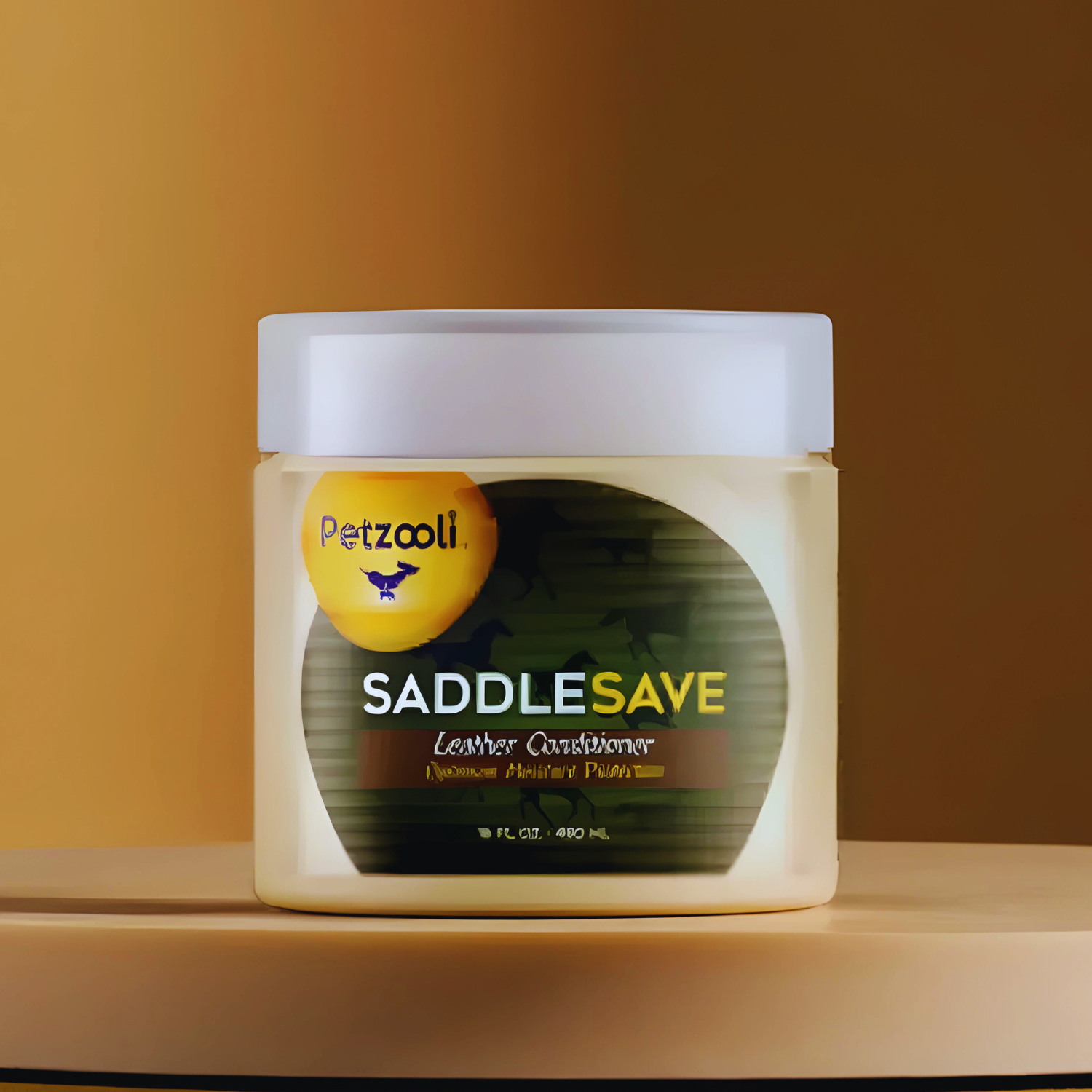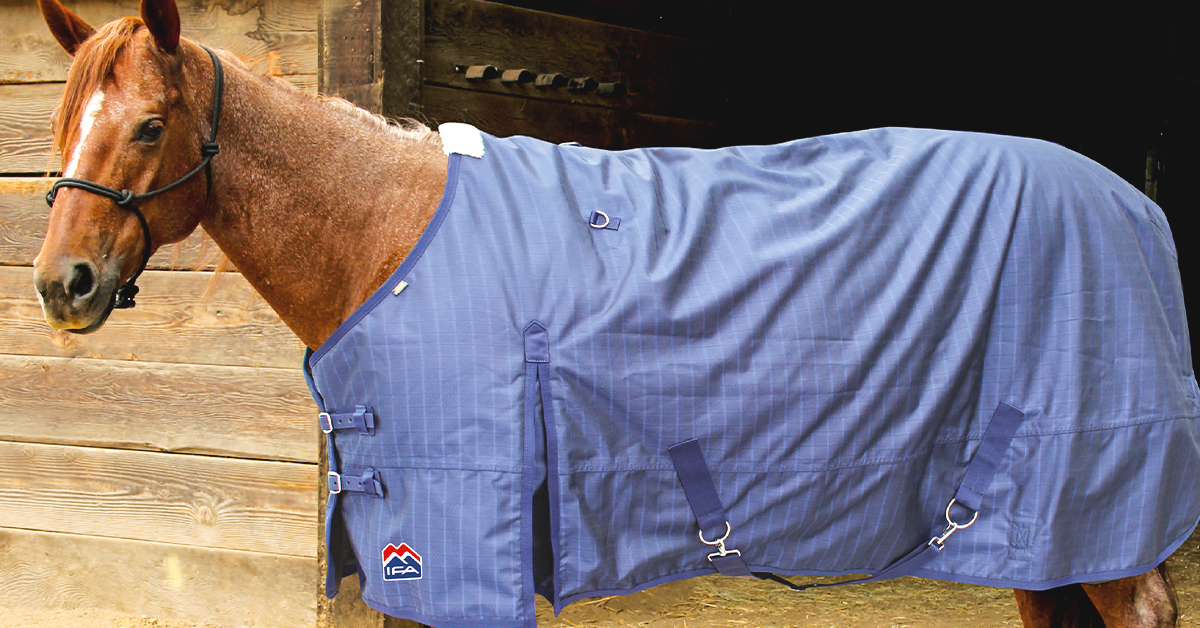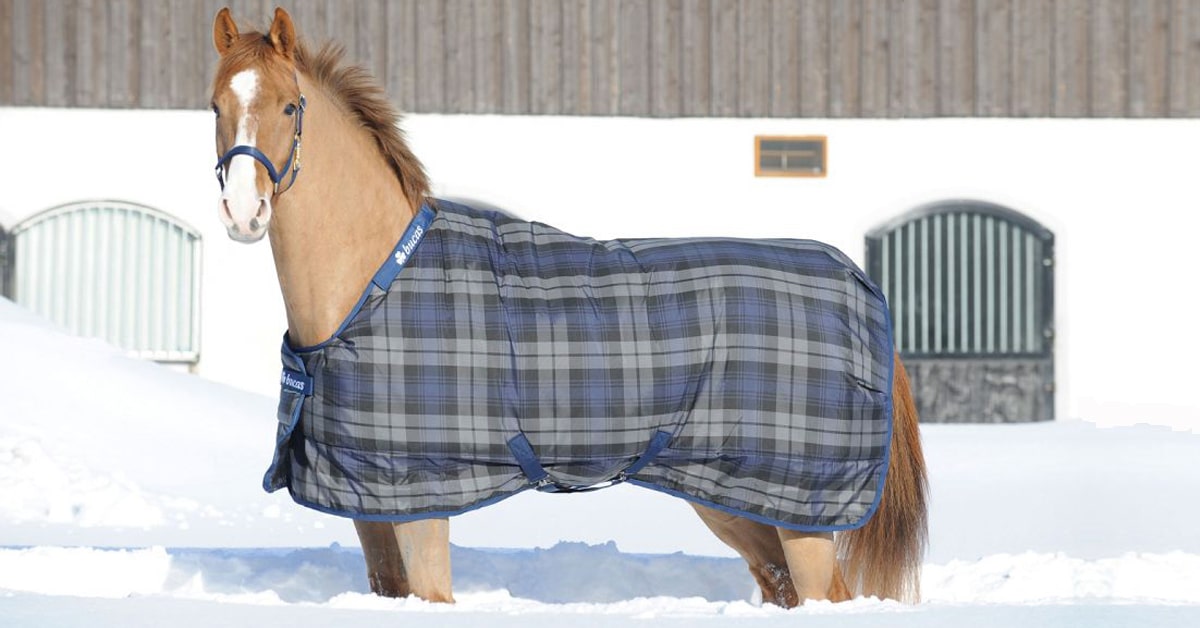Blanketing a horse correctly is crucial for ensuring its comfort and health, especially during colder months. From choosing the right material to fitting it properly, there are numerous aspects to consider. In this article, we delve into the intricacies of how to blanket a horse and provide insights that will delight and inform equestrian enthusiasts of all levels.

Why Blanket a Horse?
Blanketing a horse can protect it from the cold, wind, and rain. It helps maintain the horse’s body temperature, preventing it from using excessive energy to stay warm. Horse blankets also keep the coat clean and dry, which is essential for horses that are worked regularly.
When to Blanket a Horse?
Knowing when to blanket a horse is essential. Generally, horses should be blanketed when the temperature drops below 50F or if they are clipped. Horses that are underweight or older may also benefit from blanketing in milder conditions. For more information on the appropriate times to blanket a horse, you can refer to this guide.

Choosing the Right Blanket
Selecting the right blanket for your horse involves several considerations such as the type of material, fit, and the level of insulation required. Here, we break down the different types of horse blankets and their uses.
Turnout Blankets
Turnout blankets are waterproof and can be used for horses that spend most of their time outside. They provide protection against rain and snow while keeping the horse warm.
Stable Blankets
As the name suggests, stable blankets are designed for use inside the stable. They are not waterproof but offer good insulation against the cold.
Exercise Rugs
These are lightweight blankets that can be used during light work or transportation to keep the horse’s muscles warm.

Measuring for a Blanket
To ensure a proper fit, it’s important to measure your horse correctly. A well-fitted blanket should cover the entire body but not restrict movement.
How to Measure
Use a measuring tape to measure from the center of the horse’s chest, along the side, to the point where the tail begins. This measurement will help you choose the correct size.
Chafing and Rub Prevention
It’s essential to check for any signs of rubbing or chafing, which can be uncomfortable for the horse. Adjust the blanket or use additional padding in areas prone to irritation.
How to Put on a Horse Blanket
Properly putting on a blanket involves securing all the straps and buckles. Ensure that the blanket is laid smoothly over the horse’s back to avoid any wrinkles, which can cause discomfort.
Step-by-step Guide
- Place the blanket on the horse’s back, making sure it is centered.
- Secure the chest straps.
- Adjust the belly straps, ensuring they are snug but not tight.
- Finally, secure the leg straps, if present.
Regular Maintenance
Mud, sweat, and general wear and tear can degrade the blanket over time. Regularly clean and inspect the blanket to ensure it remains effective. For tips on maintaining horse tack, you can refer to this guide.
Seasonal Considerations
The type of blanket you use can vary depending on the season. Heavier blankets are generally used in the winter, while lighter options suffice in milder conditions.
Common Mistakes to Avoid
Many horse owners make common mistakes when blanketing their horses, such as using the wrong type of blanket or not ensuring a proper fit. Avoid these pitfalls to ensure your horse’s comfort and well-being.
FAQs
How often should I check my horse’s blanket?
Regularly inspect your horse’s blanket for any signs of wear, damage, or discomfort. Checking it daily is advisable, especially during extreme weather conditions.
Can I blanket a wet horse?
It is not recommended to blanket a wet horse as it can trap moisture, leading to discomfort and skin issues. Always ensure your horse is dry before applying a blanket.
What type of blanket do I need for a clipped horse?
Clipped horses generally require heavier blankets as their natural insulation is reduced. For best practices on blanketing different types of horses, refer to this article.
As an Amazon Associate, I earn from qualifying purchases.
